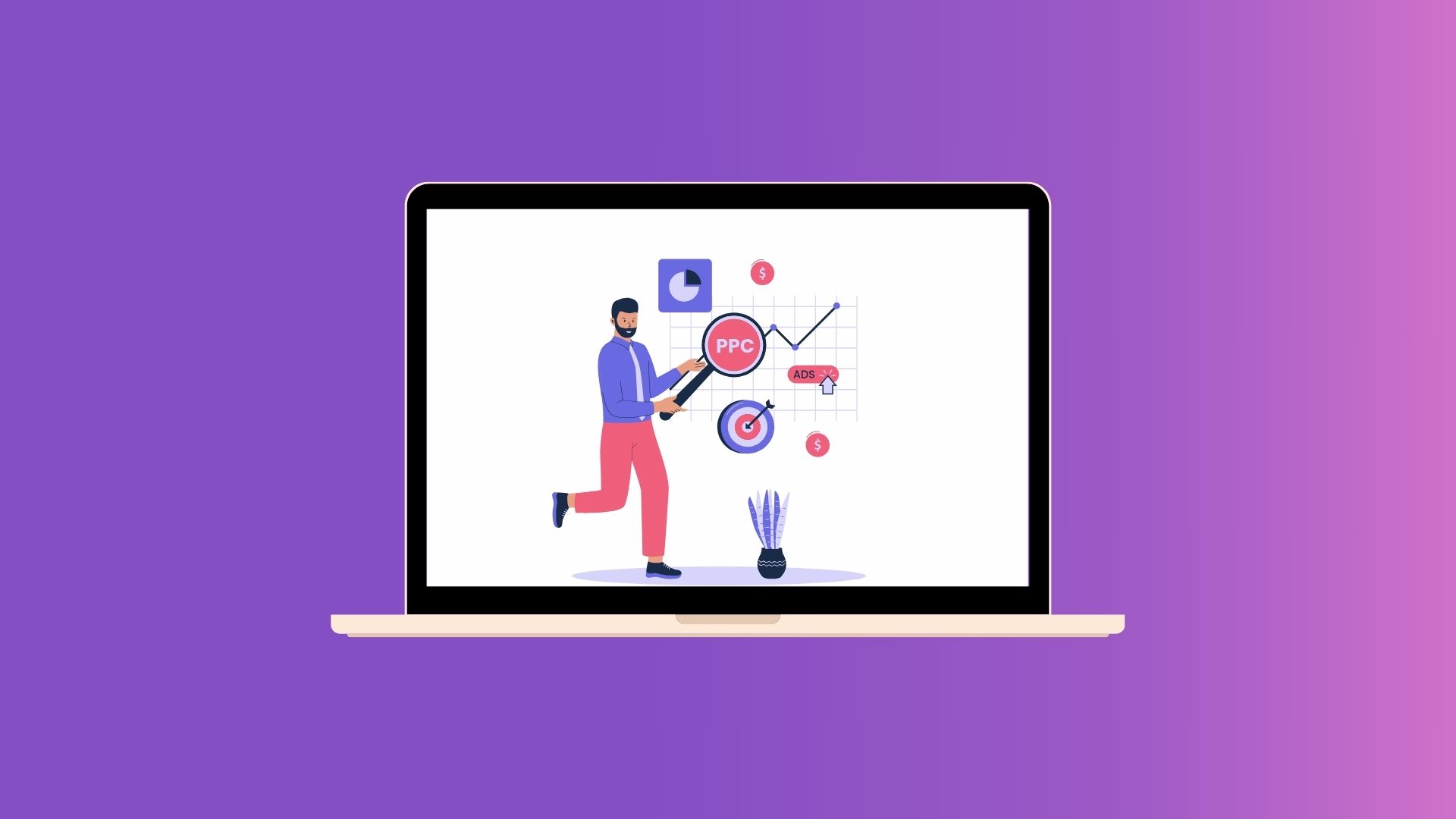How to Build a Powerful Employer Branding Strategy: A Step-by-Step Guide

What is Employer Branding and Why Does it Matter?
Employer branding is how current and potential employees view your company’s reputation and culture. You want current employees to believe they’re in a family-like company culture. You then spread the good word, attracting the interest of prospective employees.
Of course, salary is still the most popular method of attracting skilled candidates. However, other benefits are closing in, especially if they lead to satisfied employees.
If you’re not over the fence yet, we have a list to motivate you into thinking otherwise. Your employer brand strategy is essential in these crucial areas:
- A reputable employer brand can attract top talent. Let’s say that your existing employees, or even former employees, are satisfied with the company’s culture. This is free word-of-mouth marketing for your existing employer brand. It helps with your recruitment efforts, particularly in attracting talented new employees.
- A powerful employer brand reduces employee turnover. A strong company culture makes all your employees happy and satisfied. Start with offering much-needed employee benefits and a good work-life balance.
- A strong employer brand boosts employee experience and production. Making your existing employees happy could boost their morale. As a result, they become more productive in the workplace. Your workplace environment becomes a conducive area for inspiration and productivity.
Digitally, you can build public relation (PR) links to increase your brand’s credibility. Still, your employer branding initiatives make the difference. Ensure that your initiatives are aligned with market trends and employees’ needs.
Essential Components of a Successful Employer Branding Strategy
These five essentials make up a strong employer branding strategy today.
Creating Candidate Personas
Similar to buyer personas, candidate personas represent your ideal employees. Here, you detail the attributes and credentials of the top talent you want working for your business.
These candidate personas are important in the employer branding process. It helps in targeting the right people for your job postings. Plus, you guarantee that your job candidates fit the company’s unique attributes.
How can you create these personas? Here are factors you must consider:
- Demographics: Age, location, and educational attainment
- Psychographics: Lifestyle, interests, and related personality traits
- Professional goals: Career objectives and preferences in the work environment
- Credentials: Previous work experience and employer recommendations
Some businesses also recruit through social media platforms like LinkedIn. You can see how potential candidates engage on these social media channels. You can observe their personalities by observing how they interact online.
Crafting Your Employee Value Proposition (EVP)
You have your candidate personas. However, potential candidates also have their ideal employer brand and company culture.
This is where your employer’s value proposition enters the picture.
In a nutshell, this is the vision when you advertise to job seekers. How will potential candidates know how you take care of current employees? How secure is your company when it comes to competing in a cutthroat market?
It takes strategic planning to craft an employer value proposition. Here are tips to get you started:
- Create a realistic company mission and vision statement. This should align with your business strategy and growth framework. As much as possible, create something that job seekers will find easy to believe.
- Develop your unique selling points (USPs). What are your employer brand initiatives that contribute to workplace satisfaction? Do you offer compensation that is above the market benchmark? How do you guarantee internal employees’ health and wellness?
It’s also important to analyze your competitors’ EVP to identify unique gaps. You can offer benefits or initiatives that other businesses do not provide.

Building a Culture Aligned with Company Values
The recruitment process isn’t just about the potential candidates. It’s also about how they view your company culture.
Take, for example, current employers who aren’t happy with their employer’s brand. There’s a possibility that they might leave negative anonymous reviews on your LinkedIn company page.
So, how do you mitigate these risks and ensure positive employee testimonials? You have to build a strong and inclusive workplace culture, of course. Take a look at these proven tips:
- Have consistent employer branding. Stick to your values and integrate this branding into your company events and activities. Your current employees should embody your company’s story and values.
- The leadership team should set an example. Business leaders should be the first to embody the company’s branding. That’s the signature of a worthy employer.
- Introduce these values during employee interviews. Job seekers should be aware of their employer’s brand right from the start of the hiring process.
Company culture is pivotal in employee retention, particularly in creating a positive work environment. This employer branding investment is essential in producing an engaged workforce.
Creating a Memorable Candidate Experience
If you want to attract top talent, you have to make the recruitment process efficient and enjoyable.
You should remember that job seekers have other choices in the job market. An inefficient hiring routine could turn them off. Here’s how you can streamline your recruitment of new hires:
- Ensure accurate information on job boards and your career page. Every job posting should have clear information on job titles and responsibilities.
- Be prompt in your communication. Always acknowledge receipt of their applications. Tell them which date to expect your evaluation. If they’re not selected, be transparent and quickly inform them of your decision.
- Let them in on the company experience. You can offer a tour of your office. Show them your facilities and diverse workforce.
The important thing is to be transparent and prompt. You don’t want to waste your time or that of your interviewees. Your careers page and job boards should always have complete information.

Enhancing Internal Communication and Transparency
Employee feedback can make or break your employer’s brand. Just one negative statement on employer review sites, and you can turn away people.
That’s why internal communication is key to ensuring employee satisfaction. You can’t please everyone, but what you can do is build trust. That starts with honest and transparent communication.
We recommend these easy tips for promoting transparency in the workplace:
- Leverage team messaging platforms like Slack and Microsoft Teams. Assign channels for each team and project.
- Encourage open dialogue. Build a culture of inclusivity through open dialogue. Let people voice out their opinions while maintaining a respectful stance.
- Display transparency in achieving company goals. Provide accurate performance reports to your team. Let them know what must be done to achieve your company’s goals.
Moreover, always try to celebrate success, even small wins. This raises morale and motivates employees to be more productive.
8 Strategies to Enhance Employer Branding
We handpicked eight trending strategies for integrating effective employer branding materials.
Showcasing Employee Stories and Testimonials
What makes employer branding important are the employees behind it. What’s their real experience in your workplace? How do they feel valued in the work that they do?
Your employees make your employer brand real. That’s why it’s important to showcase their feedback and opinions.
Show the world the feedback you get from the team. Here’s how:
- Identify employee ambassadors who truly exhibit your values. Dig deeper into their observations, particularly on how they connect with the company’s virtues.
- Create different content formats. Showcase these testimonials on your careers page and social media channels. Try reels, blog posts, and one-on-one interviews.
- Feature employee-created content. These could be office tours and snapshots of their typical day in the workplace.
You can also encourage your team to share your posts on their social media accounts. This is free word-of-mouth marketing that could boost your employer’s brand. It also helps in running digital marketing campaigns for enterprises and startups.
Investing in Professional Development and Career Growth Opportunities
Upskilling is essential for people to stay significant in a competitive market. Your employees aren’t just competing against fellow human beings. They’re also vying against Artificial Intelligence (AI) and Machine Learning (ML).
However, not every employee has the means to upskill, as it costs a significant amount of money. That’s where your company or corporate brand enters the picture.
Sure, it is an investment. You’re going to spend money on helping your team gain skills through workshops and post-graduate school. But it also presents unique advantages such as these:
- Boost the production and overall satisfaction of your employees.
- Reduce turnover rate and develop loyal employees.
- Attract top talent, especially those who are planning to improve their skills.
You can encourage employees to continue their studies in graduate school. Also, there are online upskilling platforms like Coursera, Linked Learning, and Udemy.
Creating a Welcoming Onboarding Experience
Do you welcome your new hires like family? Do they immediately feel at home?
First impressions may not last, but they can set the tone for any relationship. A welcoming onboarding experience can do just that. Take a look at these effective onboarding tips:
- Offer a welcome package containing company merchandise and souvenirs.
- Ensure that everything they need is in place, including equipment, account access, and office space.
- Have their managers, supervisors, and team members welcome them on their first day.
Most importantly, you can ask them this one necessary question. What else do they need to be more comfortable? It’s a very simple question that emphasizes how your company takes care of its employees.
Highlighting Diversity, Equity, and Inclusion (DEI) Initiatives
A sense of belongingness is always needed in the workplace. It’s the reason why Diversity, Equity, and Inclusion (DEI) initiatives are taking the spotlight.
However, it’s not as straightforward as just hiring employees from diverse backgrounds. You must show authenticity by consistently sticking to your initiatives. It could come in the form of these steps:
- Publish your DEI goals and create a committee to help launch those initiatives.
- Work with DEI organizations to extend your programs to the community.
- Invest in DEI workshops to train your employees on inclusivity and sensitivity.
The important thing is to do all these consistently, not just for the show. DEI should be ingrained in your workplace environment to make it more authentic.
Promoting Work-Life Balance and Employee Wellbeing
A staggering 77% of global workers say that they have experienced burnout in their current workplace. Burnout is a result of failure to balance work and life and could lead to decreased productivity.
Compensation is not the only way to take care of your employees. Their overall wellbeing is a priority, something that you could address through these initiatives:
- Flexible work arrangements are the present and the future. Allow employees to go hybrid or remote, depending on their unique circumstances.
- Prioritize mental health support and resources. Be more proactive than reactive in promoting mental health and emotional well-being. Provide your employees with free counseling services.
- Encourage employees to take vacations. Convince them to reset, take some time off, and spend quality time with their family.
Taking good care of your team could lead to more employee referrals. This free marketing could also make your recruitment efforts more cost-efficient.

Building a Strong Referral Program
There’s no better marketing than what comes from your employees themselves. A good referral program brings in candidates directly vetted by your employees. This will result in a more efficient recruitment procedure.
Now, the key is making it easier for your employees to refer. Here are several initiatives you can offer:
- Offer different incentives, including cash, gift cards, and paid vacations.
- Provide unique referral links so your marketing team can easily track referrals.
- Recognize your referring employee publicly to encourage more referrals.
Moreover, it’s important to provide clear and fair referral guidelines. This helps avoid issues that might smear the recruitment process.
Highlighting Social Responsibility and Community Involvement
Another way to enhance your employer brand is through community involvement. Corporate Social Responsibility (CSR) is about making a positive impact in your community. This improves your company’s reputation and drives strong candidates to your team.
We recommend these authentic steps in highlighting your CSR initiatives:
- Partner with local organizations to expand your reach.
- Provide incentives for volunteers coming from your team.
- Share your CSR initiatives on your website, social media, and other digital channels.
Most importantly, focus on initiatives that engage communities in your market. This ensures maximum return for your efforts.
Recognizing and Rewarding Employee Achievements
Here’s something for emphasis: employee recognition matters. Compensation won’t always cut it. Employees want that sense of belongingness, a representation that they’re part of something important.
Here are proven tips for effectively rewarding your employees’ dedication:
- Provide recognition programs to motivate employees to achieve their goals.
- Offer upskilling courses, mentorship programs, and out-of-town conference opportunities.
- Encourage a culture of recognition through peer-to-peer feedback.
Moreover, employees should get to choose the reward they want. Your marketing department should offer varied incentives like cash, charitable donations, or extra time off.
Measuring the Success of Your Employer Branding Efforts
If you’re not attracting the right attention, your employer branding might be ineffective. It’s the reason why you should measure your branding efforts.
The key here is to focus on the right performance indicators. Have a look at these important employer branding metrics:
- Time-to-Hire and Cost-per-Hire
- Offer acceptance rate
- Employee satisfaction surveys
- Employee retention rate
- Social media engagement
- Online reviews
Analyze the data on a regular basis and encourage feedback from your employees. Continuous data learning can help you identify patterns and areas for improvement. Just ensure that you readily integrate your findings into your employer branding strategies.
The Impact of a Strong Employer Brand on Business Success
With online platforms abound, it’s easy for people to strike down your image. However, the most successful businesses are excellent at protecting their reputation. They take preventive measures instead of limiting damage.
That’s why you stick to a positive employer brand in every aspect of your business. This helps integrate your employer branding everywhere you go. We recommend focusing on these key areas:
- Enhance your employer branding and recruitment. Attract the right candidates and reduce your time-to-hire rates. This helps reduce recruitment costs and onboarding expenses.
- Boost employee engagement and ask for feedback. Your current employees are your most important assets. Offer incentives and recognize their dedication. Most importantly, ask for feedback on how to make the workplace a better environment for them.
- Partner with marketing agencies. Marketing experts offer digital PR services that enhance your employer branding. They also provide content marketing strategies that promote your business as an industry leader.
- Leverage the power of Search Engine Optimization (SEO). Ranking on search results increases your brand’s credibility. Work with full search marketing agencies like us, Fortis Media, to streamline your SEO strategies.
Employer branding is a pivotal factor in any company’s success. It helps people gravitate toward your business and strengthens your position in the market. Essentially, you’re hitting two birds with one stone, both contributing to your organization’s sustainable growth.
Key Takeaways
Developing and implementing an employer branding strategy takes a significant amount of time. You have to integrate it across all business aspects, which is not an easy thing to do. However, the rewards are sustainable, especially if you take an employee-centric approach.
It says employer branding in the title, but it’s really about your employees. How do you make life easier for them? Do you allow them to balance work and life in a way that preserves their well-being? Are your employees allowed to take vacations without feeling guilty about it?
These practical questions could make or break your branding as an employer. Request feedback from your employees and streamline your branding strategies to their needs. This helps retain your current employees and attract strong candidates for future roles.
FAQs
How long does it take to build a strong employer brand?
Building a strong employer brand is a long-term process that could take 10-12 months to see significant results. However, those are only the initial results. You have to stay consistent with your branding and refine it according to market trends and your competitors’ movements.
What are some common mistakes to avoid in employer branding?
Failing to listen to employees’ feedback and overlooking a high turnover rate could negatively affect an employer’s brand. Several businesses or companies also fail to measure key performance metrics such as employee retention and application rates. Without these metrics, organizations might not know when to adapt or adjust their branding.
How can employer branding improve the quality of job applicants?
A consistent and effective employer brand focuses on targeted reach, which attracts job applicants who are best suited to a particular organization. As a result, you get to choose from a pool of excellent candidates, reducing time-to-hire and other hiring costs.
How can small businesses develop an effective employer branding strategy?
Small businesses must focus on employee-centric initiatives when developing an effective employer brand. As a small business or a new startup, you want to shape your culture based on initiatives that boost your employees’ productivity and satisfaction. This encourages positive employee advocacy, leading to free word-of-mouth marketing.
How does employer branding impact current employees?
A strong employer brand leads to improved engagement, loyalty, and motivation for employees. They take pride in working for an inclusive company or organization, which could then encourage them to further help the team achieve its goals. It produces a positive work environment that thrives on collaboration and teamwork.
Read our other articles

iGaming SEO: The Ultimate Guide to Ranking iGaming Sites in 2025


How SEO and PPC Work Together: A Practical Guide


What is a PPC Agency? A Comprehensive 2025 Guide






